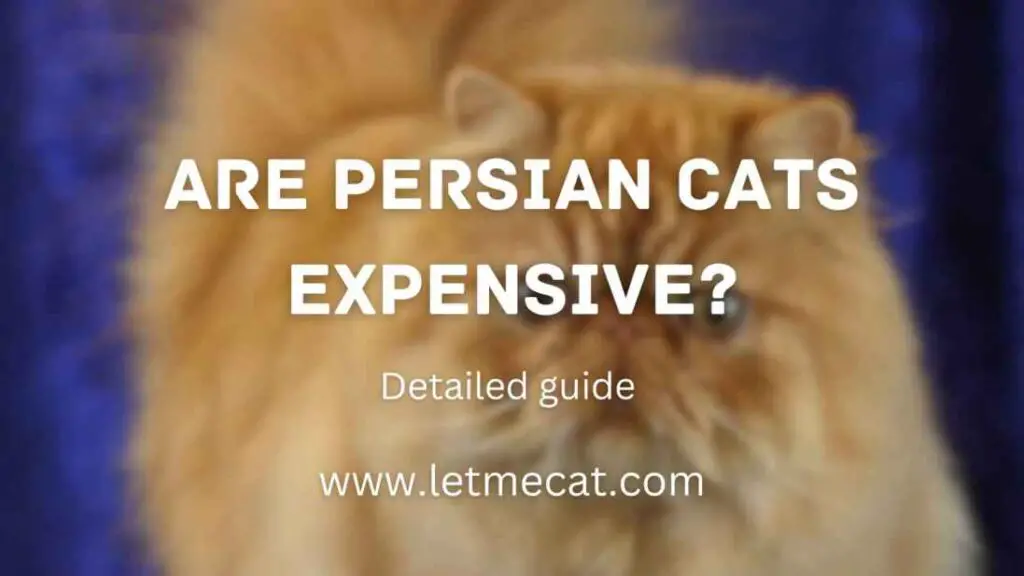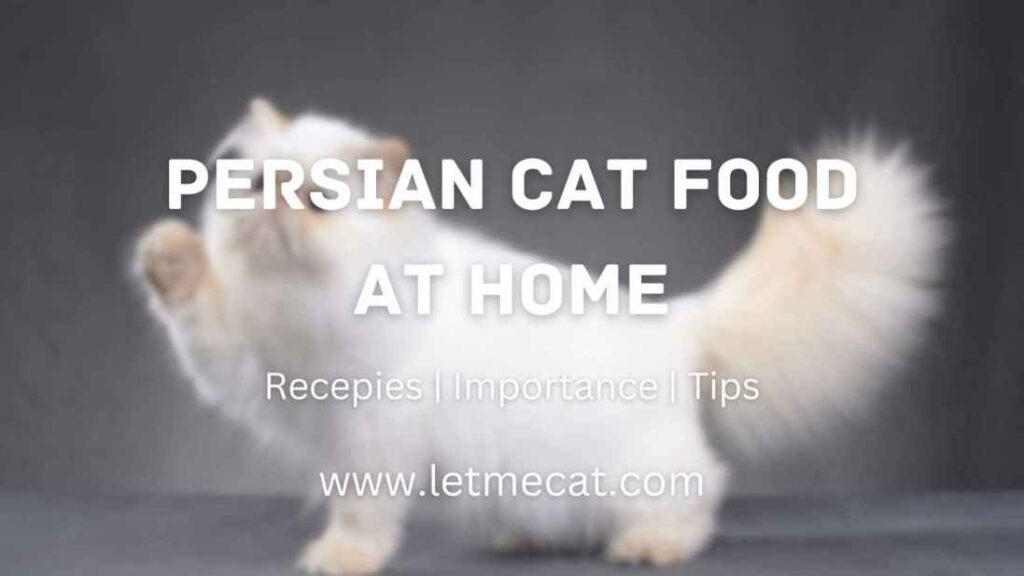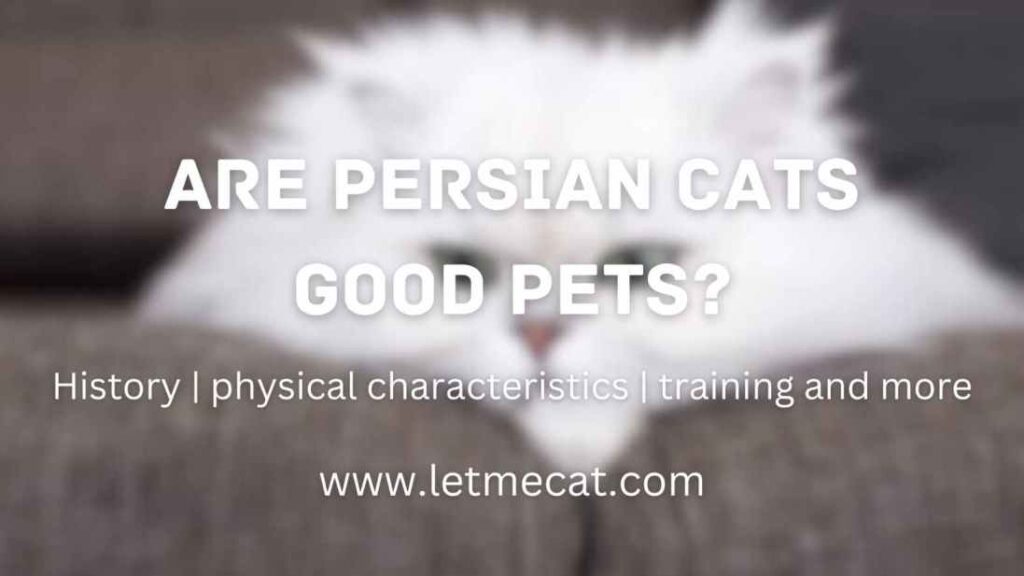In this article, we will explore the factors that contribute to the cost of Persian cats, including their origin, characteristics, and various expenses involved. Whether you’re an enthusiast or simply curious about Persian cats, read on to discover the fascinating world of these graceful felines.
1. Introduction
Persian cats have long been adored for their striking appearance and gentle demeanor. They are often associated with elegance and grace, making them one of the most sought-after cat breeds worldwide. However, their exquisite beauty and distinct characteristics come at a price.
2. Understanding Persian Cats
2.1 Origin and Characteristics
Persian cats originated in Persia (modern-day Iran) and were introduced to the Western world in the 17th century. These cats have a distinct appearance, characterized by their long, flowing coats, round faces, and expressive eyes. Their luxurious fur requires regular grooming to maintain its beauty. Persian cats are also known for their calm and gentle temperament, making them excellent companions for individuals and families alike.
2.2 Popular Breeds
Within the Persian cat family, several breeds have gained significant popularity over time. These include the Himalayan Persian, which exhibits colorpoint patterns similar to Siamese cats, and the Exotic Shorthair, a Persian cat with shorter fur.
Each breed has its own unique traits, making it important to consider personal preferences and desired characteristics when selecting a Persian cat.
3. Factors Affecting Cost
Let’s explore the factors that influence the cost of Persian cats.
3.1 Pedigree and Lineage
The pedigree and lineage of a Persian cat play a crucial role in determining its price. Cats with prestigious bloodlines and champion ancestors are often more expensive.
Breeders carefully select and breed cats to maintain desirable traits, resulting in higher-priced kittens with impeccable pedigrees. Show-quality Persian cats are typically more costly due to their exceptional lineage.
3.2 Coat Color and Patterns
Persian cats come in various coat colors and patterns, ranging from solid colors to tabbies, calicos, and color points. Rare or unusual coat colors, such as silver or golden, are often associated with higher prices.
Additionally, specific coat patterns, such as tortoiseshell or bi-color, may influence the cost. The aesthetics and rarity of certain coat variations contribute to the overall expense of Persian cats.
3.3 Physical Features
Certain physical features, such as a perfectly round face, large eyes, and a well-balanced body, are highly desired in Persian cats. These features are often associated with show-quality cats and can significantly affect their price.
Cats with ideal facial structure and body proportions are considered more valuable within the Persian cat community.
4. Expenses Associated
Let’s now explore the expenses associated with owning a Persian cat.
4.1 Initial Cost
The initial cost of a Persian cat varies depending on factors such as its breed, lineage, and overall quality. Purebred Persian kittens with exceptional traits and bloodlines are generally more expensive than those without such distinctions.
Additionally, reputable breeders who prioritize the health and well-being of their cats often charge higher prices. It’s important to consider these factors when budgeting for a Persian cat.
4.2 Maintenance Costs
Maintaining a Persian cat’s health and beauty requires regular grooming, which can be a significant expense. Persian cats have long, dense coats that easily tangle and mat without proper care.
Regular brushing, bathing, and occasional professional grooming sessions are necessary to keep their coats in optimal condition.
Additionally, routine veterinary care, vaccinations, and high-quality cat food contribute to the overall maintenance costs of Persian cats.
5. Alternatives to Purebred Persian Cats
For individuals who adore the Persian cat’s appearance but are concerned about the cost, there are alternatives to consider. Rescue organizations and shelters often have Persian cats available for adoption at lower prices compared to buying from a breeder.
Additionally, breed-specific rescue groups focus on finding new homes for Persian cats in need. These options provide opportunities to provide a loving home to a Persian cat while potentially reducing the financial burden.
Conclusion
In conclusion, Persian cats can be considered expensive due to various factors such as pedigree, coat color, physical features, and ongoing maintenance costs. The initial purchase price of a Persian cat can vary significantly depending on its lineage and breed.
Moreover, the grooming needs and routine veterinary care associated with Persian cats contribute to their overall expenses. However, for those passionate about Persian cats, alternative options like adoption can provide a more affordable path to sharing your life with these enchanting feline companions.
Thank you for reading this article.
FAQs
Q1. Are Persian cats high-maintenance?
However, with proper care and attention, this grooming can become a bonding experience between the cat and its owner.
Q2. Can I find Persian cats at a shelter or rescue organization?
It’s worth checking local shelters or reaching out to breed-specific rescue groups to inquire about availability.
Q3. Do Persian cats get along well with children and other pets?
However, as with any pet, proper introductions and supervision are crucial to ensure a harmonious living environment.




Pingback: Are Persian Cats From Iran? Let's Find Out! - Let Me Cat